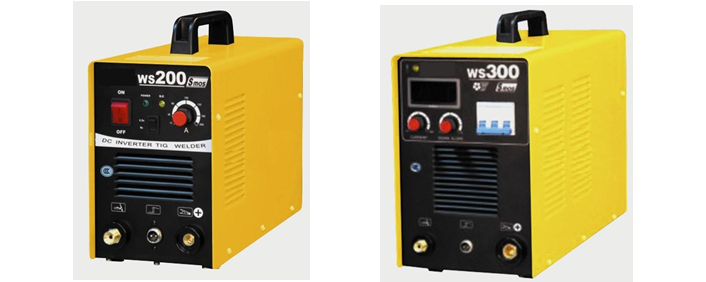What You Need to Know About a CO2 Welding Machine?
Whether you’re looking to purchase a new CO2 Welding Machine or you want to learn how to use one, there are a number of things you need to know.
What is the Difference Between Helium vs CO2 Welding Machine?
Whether you are using a MIG welding machine or TIG welding machine, it’s important to understand the difference between Helium and CO2 welding gas. In order to choose the gas that’s best for you, it’s helpful to know the advantages and disadvantages of each.
Helium is an inert gas that is used as a shielding gas. Its low density allows for a wider and deeper penetration. It also helps improve the fluidity of the weld pool. Helium can also boost the heat input in the arc.
Helium is also used in stainless steel welding. Its low density also allows it to be used in thick materials. It also provides a wide profile in the weld. This helps the edges to fuse together more easily.
Helium is also used in non-ferrous metals. Its low density and inert nature makes it a good choice for welding metals that are sensitive to moisture and impurities. It can also be used for welding aluminum and magnesium.
How to Choose the Right Argon vs CO2 Blends for Welding Machine?
Choosing the right Argon vs CO2 blends for your welding machine can make a huge difference in the quality of your welds. Choosing the right mix requires knowing what your welding requirements are and what type of metal you are welding. A combination of the two gases can produce a smoother, softer arc that can give you a better weld.
Argon vs CO2 blends can be used in a wide variety of applications. Argon is often used in MIG welding, where it has advantages over CO2. A high argon content can give you a cleaner weld and less spatter. It can also help you improve your out of position welding and minimize carbon pick-up. Using Argon also makes your welding more stable.
CO2 is the reactive gas that most people use in welding. It breaks the surface tension of the molten weld pool, which allows it to flow. It also helps to create a stronger and harder weld.
Argon/CO2 blends are a great combination for welding carbon steel. They can be used in both short-circuit and spray transfer applications. This combination also reduces spatter and improves the appearance of your weld.
MIG/MAG Welding is The Fastest and Most Automated Way to Weld
Compared to TIG welding, MIG/MAG welding is the fastest and most automated way to weld. It is used for a variety of applications, including joining stainless steel, aluminum, and steel.
MIG/MAG welding is used for welding in many industries, including the automotive, construction, and sheet metal industries. It is also used for infrastructure projects.
In this type of welding, an electrical arc is used to melt a small portion of the base metal. The arc then transfers the heat to the welding wire, which melts the wire to produce the weld.
In addition to the arc, MIG/MAG welding uses an inert shielding gas to protect the electric arc from contaminating the weld pool. Active gasses can be mixed with the inert gas to enhance the performance of the weld. The amount of spatter, weld profile, and the quality of the weld are also dependent on the active gas.
The best active gas is carbon dioxide. It is readily available, inexpensive, and improves the quality of the weld.
The Bottom Line
It’s important to choose the right welding gas for your needs. Different welding processes require different gases. You’ll want to consider your skill level and the time you have to commit to the job. You’ll also want to consider the material you’re welding and the environmental conditions you’re working in.
- Maintenance Tips for Vertical CNC Milling Machine in Iran’s Harsh Industrial Environment
- Market Potential for CNC Lathe Machines in South African Countries: Trends & Insights
- How Saudi Arabia’s Manufacturing Industry Rely on All Geared Radial Drilling Machines?
- Why All Geared Lathe Machines are Gaining Popularity in German Industry?
- Top Applications of Horizontal Boring Machines in Australian Manufacturing Industry
- The Growing Demand for All Geared Lathe Machines in Global Markets



